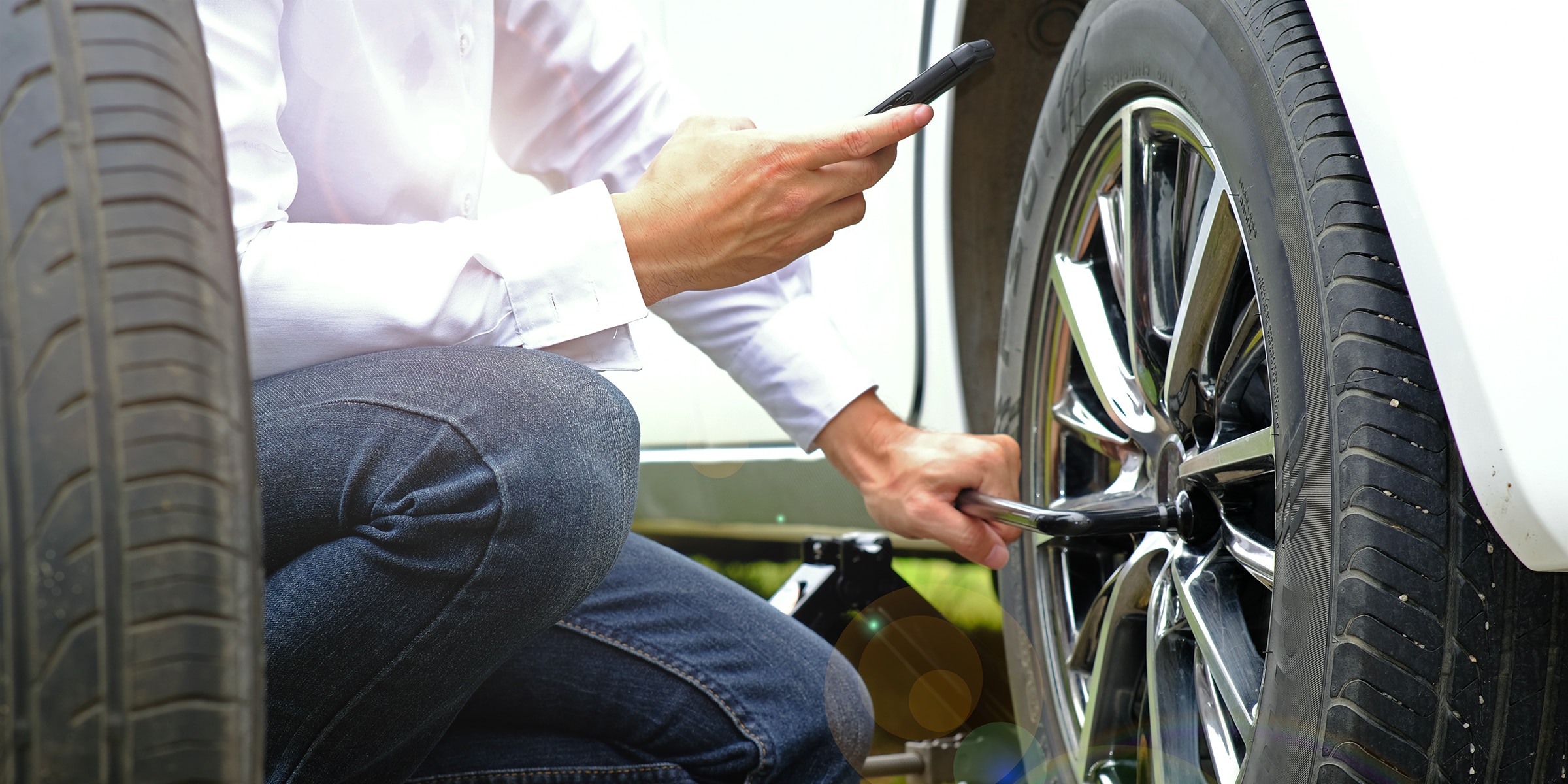-
Tires
What Are All Those Lines, Numbers and Letters on a New Tire's Tread?While tires may appear to be a homogeneous piece of rubber after they are vulcanized during curing in their molds, most tires feature dozens of fabrics, metallic and/or rubber components that must be shaped, sized and...
-
Tires
Like the motorsports tires they have evolved from, all Extreme Performance Summer performance category tires feature constructions and compounds that have been tuned to maximize traction and performance within a range of warm-to-hot ambient temperatures. Therefore, unlike less highly tuned...
-
Tires
We all want to get the most out of the money we put into our vehicles, but inevitably, even the most long-lived tires and rubber compounds wear down from driving. As tread wears away, both conventional knowledge and prior testing says that braking performance on wet roads drops dramatically,...
-
Tires
A tire's section width (also called "cross section width") is the measurement of the tire's width from its inner sidewall to its outer sidewall (excluding any protective ribs, decorations or raised letters) at the widest point. This measurement is made without any load placed upon the tire and...
-
Tires
Everybody knows tires are black, round, and hold air, so it can come as a bit of a shock when brand new tires have a white, waxy film on the sidewalls and shoulder area. It doesn't wash off easily, and it "balls up" when you rub it with your finger. What is it? Why is it there? Sometimes it can...
-
Tires
New Tires Generate More Rolling Resistance Than Worn TiresIt's been observed that rolling resistance drops by about 20%, as a tread wears from its original molded depth to worn. While this reduction in rolling resistance over time is subtle, a switch from worn tires to a new set increase...
-
Tires
While deep snow and ice-covered roads are two of the most challenging conditions North American drivers will face, tire developments during the last decade have noticeably advanced wintertime mobility. The technological revolution of dedicated winter tireswinter tires for drivers in the...
-
Tires
With more and more nearly silent-running electric vehicles entering the market, and as the owners of luxury automobiles demand ever-increasing levels of refinement, vehicle manufacturers continually seek out new methods to reduce the interior noise level of their offerings. One of the sources...
-
Tires
Tire studs look like short, fat nails with a flat head on the bottom and a tungsten pin on the top. They are inserted flat-head-down into holes molded into the tread design when the tire was manufactured. The extended fingers of a pneumatic stud gun are inserted into the molded holes and expand...
-
Tires
Tires are comprised of many layers of rubber, steel and fabric. Due to these different components, your new tires require a break-in period to ensure that they deliver their normal ride quality and maximum performance. As tires are cured, a release lubricant is applied to prevent them from...
-
Tires
The term "tramlining" is being used to describe when directional control is disrupted by the vehicle's tendency to follow the longitudinal ruts and/or grooves in the road. Its name could be compared to the tram or trolley driver who does not steer because his vehicle follows the path...
-
Tires
All-Weather tires, occasionally referred to as "Premium Traction" tires, are non-winter tires that are marked with the three-peak mountain snowflake (3PMSF) symbol and designed to be a year-round solution for drivers in environments that experience all four seasons, but don't receive sufficient...


